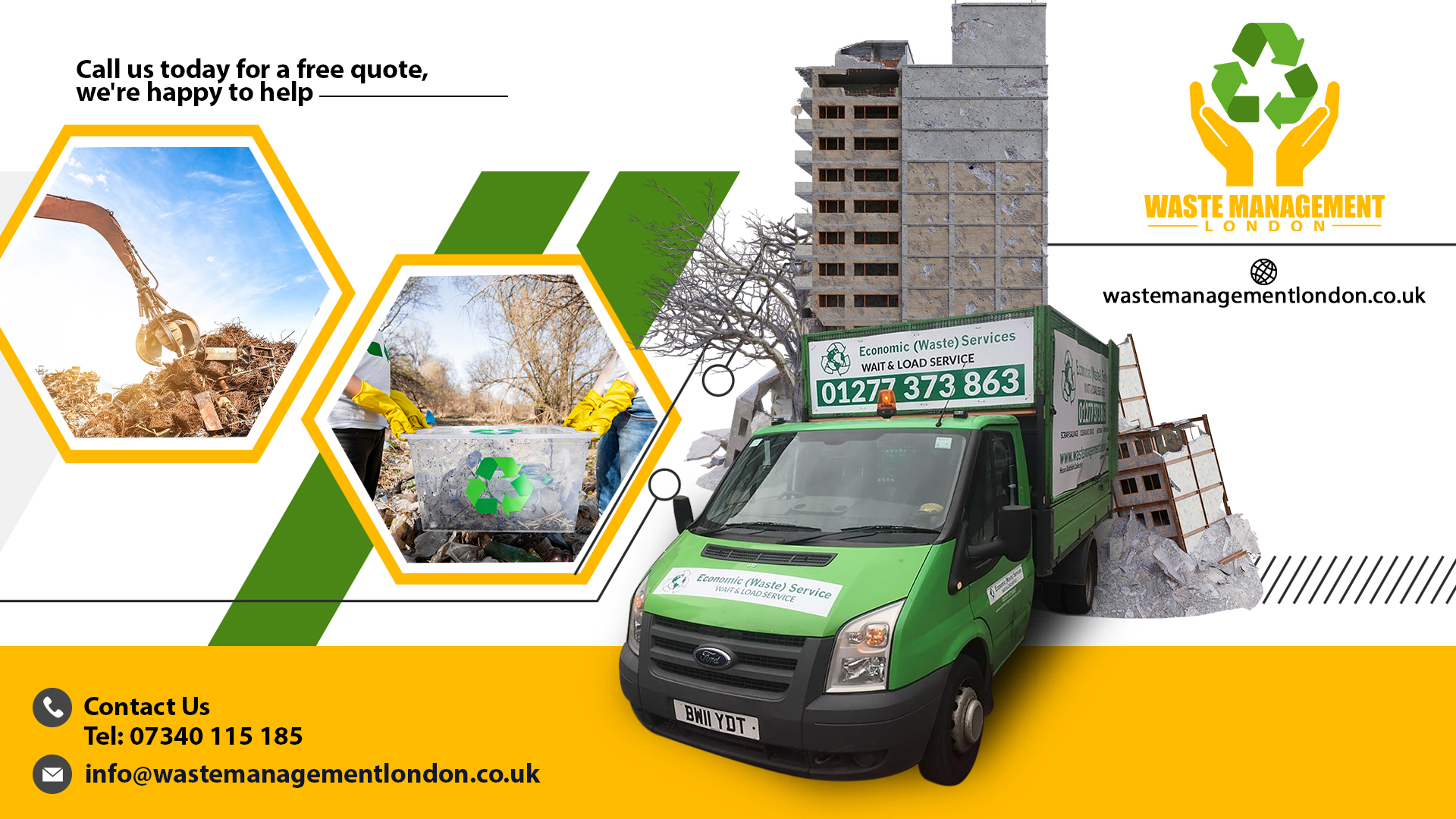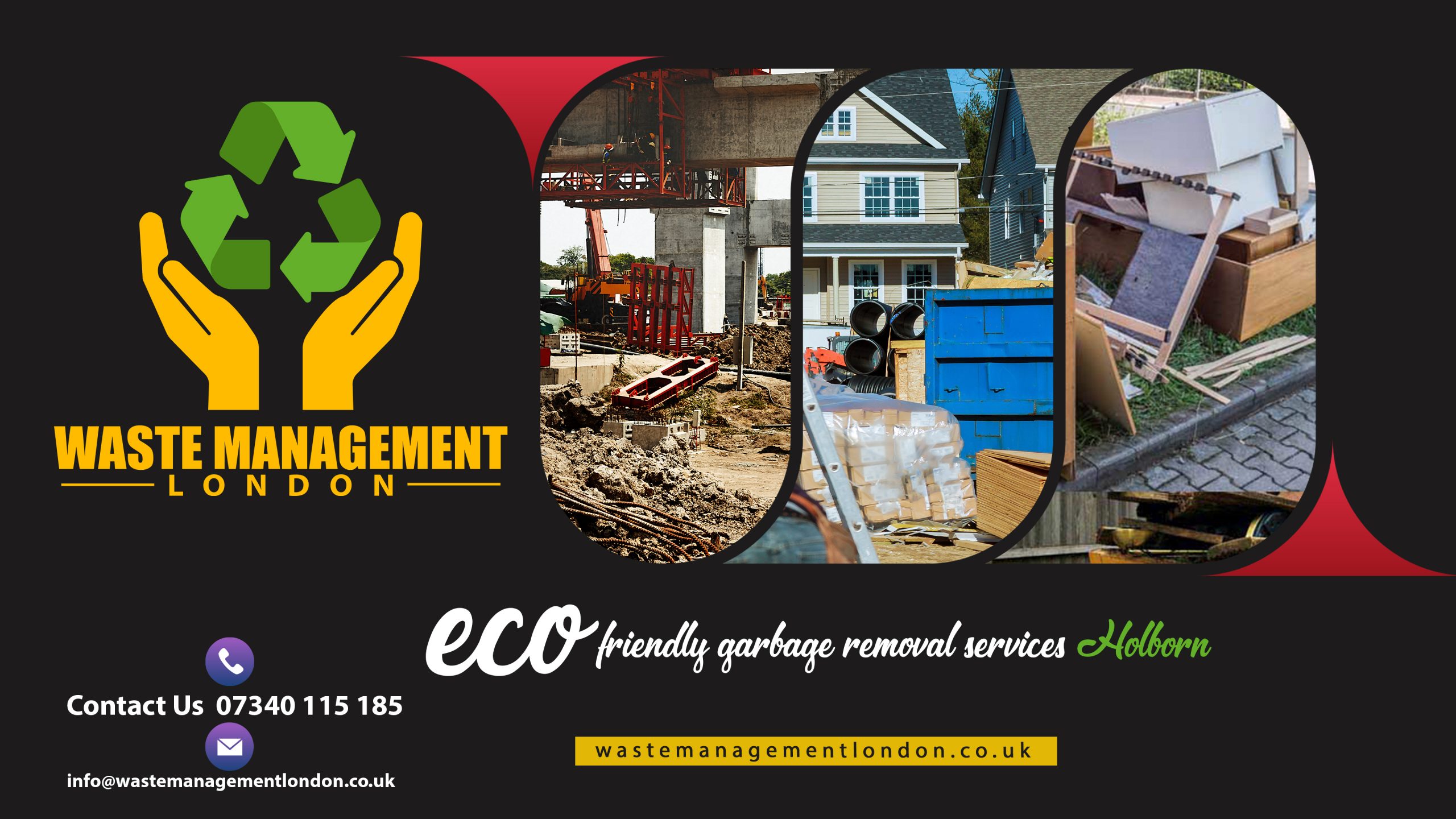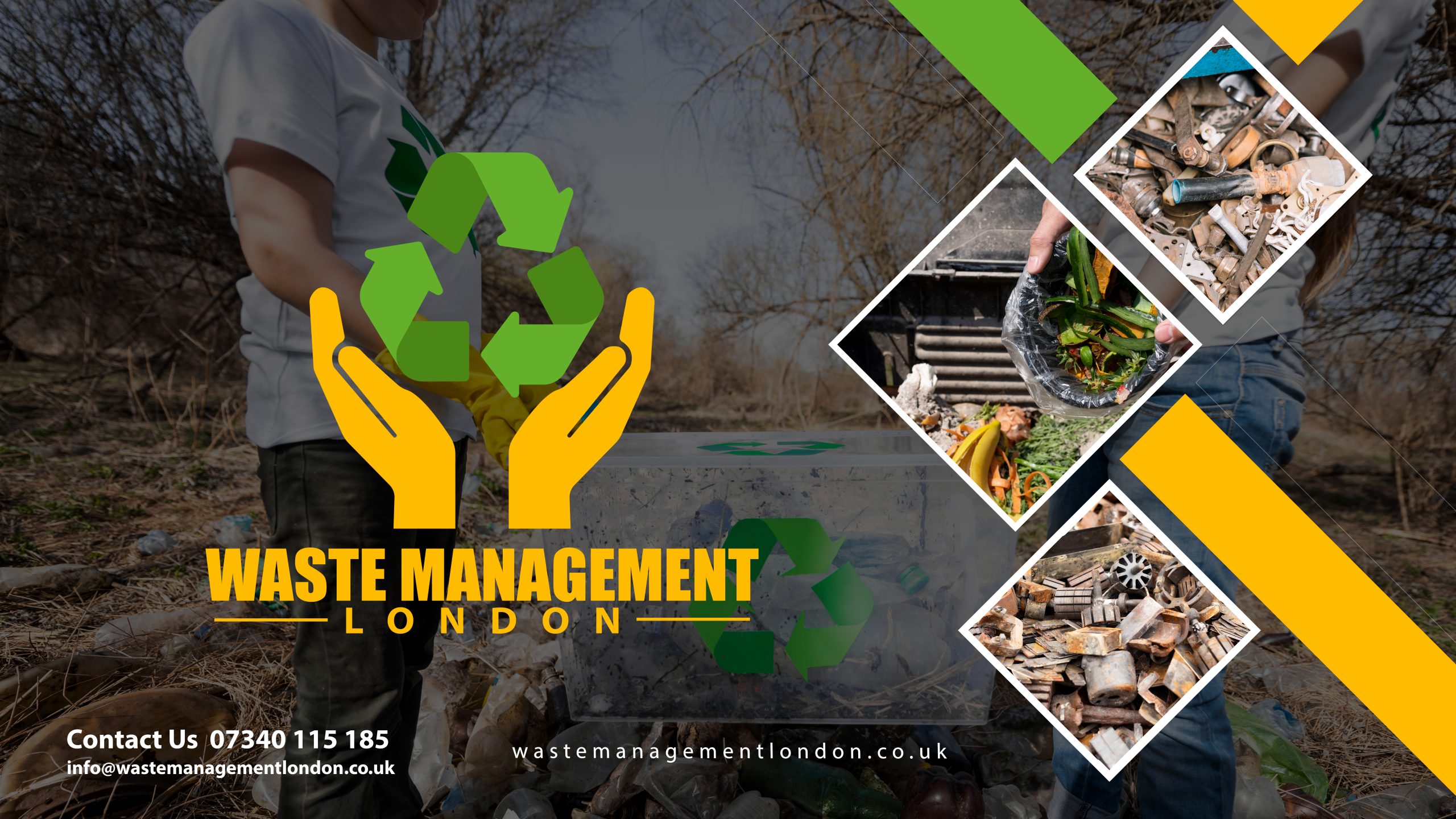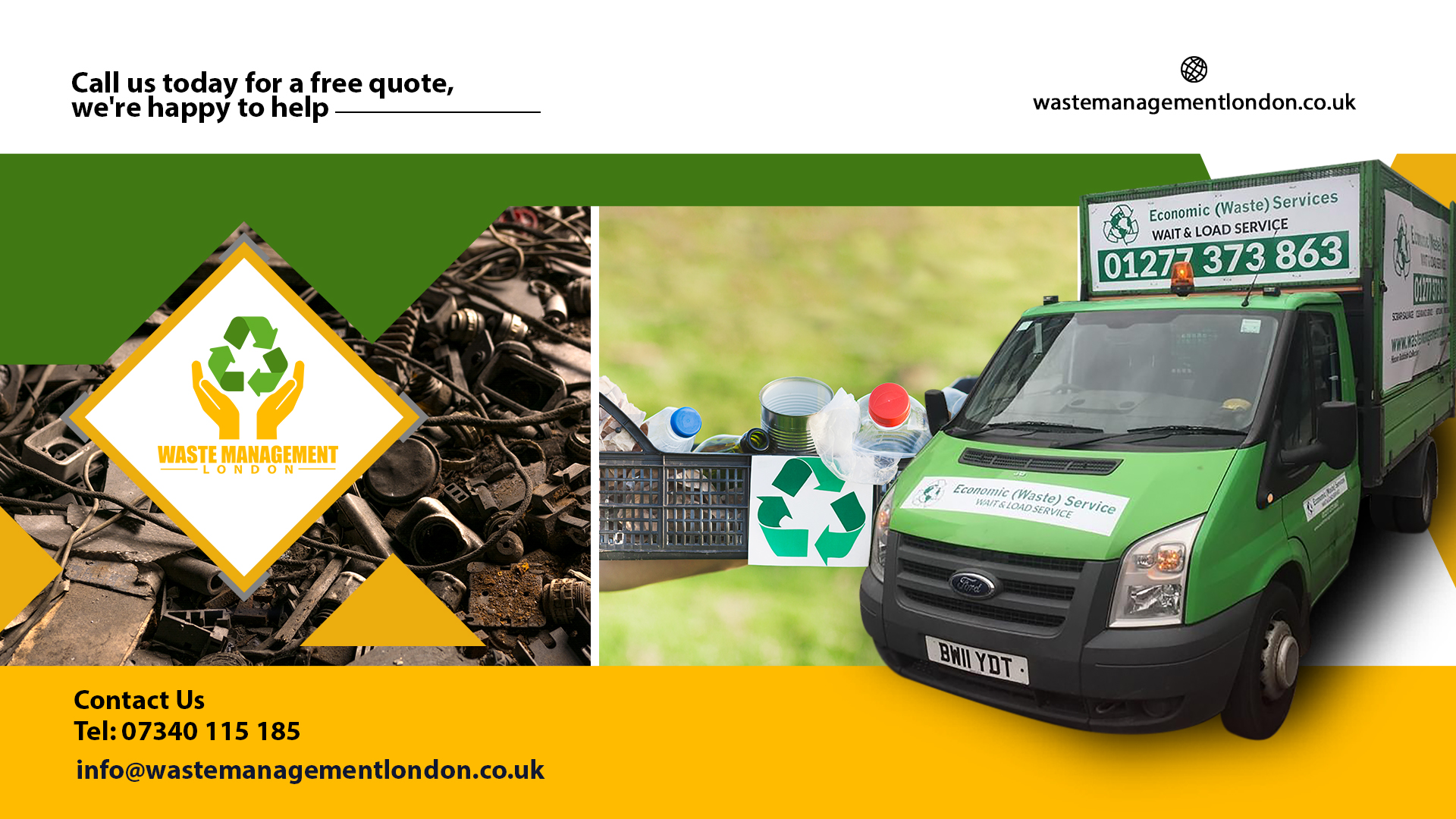Removing and recycling scrap metal offers a plethora of benefits, both economical and environmental. The primary cause behind this is how the nature of scrap metal allows it to be recycled, reused and dispersed several times. It is by far the most recyclable material on earth hence why it has so many applications in industrial factories, home furnishing and even in the works of famous artists.
Scrap metal can be obtained from a variety of different items, from soda cans to used trucks! This means that various types of scrap need to be recycled using different tools and techniques, thus why it necessitates the hiring of professional scrap metal clearance Holborn. Continue reading this blog to learn about the different types of scrap and the process involved in scrap metal recycling for industrialists and business owners .
😀 What is meant by Scrap Metal Clearance ?
Scrap Metal Recycling is quite simply the process of extracting, accumulating and processing recyclable metallic materials from products and items that have reached the end of their lifecycle. After processing, the scrap metal would then be reintroduced into the industry as raw materials and will be used to manufacture brand-new products.
The following products are manufactured using scrap metal ;
(1) Aeronautical and Aerospace parts (i.e Aircraft, Rockets and Seattleites)
(2) Automobiles.
(3) Appliances.
(4) Bed Frames and Mattress Springs.
(5) Eyeglass Frames.
(6) Electrical Wires.
(7) Cooking Cutlery and Pans.
(8) Computer Parts.
(9) Medical Equipment.
(10) Food and Beverage Containers.
(11) Locks and Doorknobs.
(12) Industrial Cutting and Machinery.
(13) Pipes and Plumbing.
(14) Steel Building Frames.
(15) Roofing.
(16) Railroad Reinforcing Bars.
(17) Park and Playground Equipment.
(18) Elevators.
(19) Bridges.
(20) Bicycles.
(21) Tools and Toys.
😎 Why Recycle Scrap Metal ?
Scrap metals the likes of copper, steel, brass, aluminum and iron are fantastic materials for reusing and manufacturing new usable items. Recycling scrap can make a significant difference in reducing the amount of waste being produced as well as minimizing the need for mining fresh metallic ores.
The primary advantage of recycling scrap metal is that it can be reused in different ways for both industrial and domestic purposes. Scrap is highly in-demand in manufacturing aircraft and appliances, but is also actively employed in producing metal containers, plumbing and ductwork.
Lighter metals like steel and aluminum are used in packaging food. These metals require less processing and thus are easier to recycle. Some amount of scrap metal is also used as components in roofing materials. Some have also implemented scrap metal in building life-size transformers and miniature sculptures.
Recycling scrap has been rerecorded to reduce global air pollution by 86% and water pollution by 76%. Water usage is also reduced by 40% by shifting to recycled scrap. The amount of waste generated each year is also greatly reduced.
😯 Types of Scrap Metals ⇒
There are two general categories into which all scrap metals are divided; ferrous and non-ferrous.
[A] Ferrous Metals :
The word ‘ferrous’ is derived from the Latin word for iron. However, it is used in the context of both iron and steel. Iron on the other hand is the most commonly occurring material in the Earth’s crust. The natural magnetic trait of iron is what gives the earth its magnetic field. Almost all types of ferrous scrap material have a metallic quality which is why scarp yards use giant magnets to move scrap around. Steel is the second most recycled scrap metal. This includes busheling, clippings and skeletons. These items are easy to recycle as they are hardly altered and thus require little to no processing.
[B] Non-Ferrous Metals :
Non-ferrous metals do not lose out on their chemical properties when put through the recycling process which is why they can be recycled an endless number of times. There is a wide range of non-ferrous metals but the most common among them are copper, aluminum, nickel, lead, tin and zinc. Other more precious metals like gold and silver also fall under this category and can be reused an endless number of times. Recycling plants purchase scrap metal measured in pounds which makes scrap far more valuable to them. Then again prices of non-ferrous metals tend to fluctuate the most.
The different metals derived from scrap ;
(a) Aluminium : It is the most commonly recycled scrap metal derived from items like food wraps, soda cans and storm windows.
(b) Brass : It can be found in anyone’s home. It is a component used in brass-plated crockery, doorknobs and even old bed frames.
(c) Carbide : This metal is used as a component in most household tools, such as on the tips of drills and other tool bits. Thus it is better to recycle old tools rather than throw them away.
(d) Copper : This is the third most employed metal in construction and manufacturing. Copper is almost always in demand and can be found in products like appliances, kitchen sinks, electronic wiring and even plumbing.
(e) Iron : People can find dozens of household furniture and items made of iron such as cast iron pots and pans, backyard swings and even iron railings. All these can be recycled.
(f) Lead : Lead is a highly toxic metal and is also quite difficult to mine. This is why people prefer to save money and time by resorting to recycled lead.
(g) Titanium : This metal is particularly immune to corrosion and is quite versatile. It is used in just about everything, from jewelry to aero plane parts. Hence its high demand.
 The Scrap Metal Recycling Process ⇓
The Scrap Metal Recycling Process ⇓
The process of converting scrap items like cars and cans into usable products is quite comprehensive and fascinating by many accounts ;
(1) The Basics :
The first step is the pricing process where the scrap is weighed and valued. Before that, the scrap is separated manually from all other materials such as paper or plastic. The recycled scrap generally needs to be 50% metal or more. A magnet can be used to separate the ferrous metal from the non-ferrous.
(2) Collection :
The scrap metal collected at a scrap metal yard is first weighed in by a scale operator. The metal can also be collected by curbside recyclers or scrap dealers. Such individual collectors mostly collect household scrap instead of a wide range of other scrap metals.
(3) Sorting :
At the scrap yard a variety of different means are used to separate different scrap metals, for instance through visual identification, by using a spectrometer, magnets or even electrical components. The metals are all grouped in separate piles to prevent cross-contamination of metals. This is done in adherence to certain quality standards.
(4) Form Prep :
Before the scarp is melted, the scrap needs to be cut down into specific dimensions. This is done to make the melting process easier. Techniques like torching, shredding and baling are known ways of prepping scrap metal.
(5) Melting and Refining :
The process of melting scrap varies from metal to metal. The method used also depends on the level of purity expected. When scrap metal is melted, its impurities rise to the top from where it is scooped away. Some metals also go through additional refining by applying processes like electrolysis to get the metal’s composition as close to the original as possible.
(6) Solidifying :
After clearing the molten metal of all its contaminants, it starts taking different forms as it solidifies. The scrap yard operators are well aware of the shapes that different metals are formed into, such as bars, coils, wires and sheets. In some cases, chemicals are added to make the metal more solid.
(7) Manufacturing :
The foundry or a mill is not the final user of recycled metal. They are distributed to different manufacturing sectors like robotics, aerospace, automakers, public projects and a wide assortment of consumer products. All these facilities help maximize the use of recycled scrap until it is time to recycle them again.
Scrap Metal Recycling is one of the foremost ways the world is combating climate change. There are plenty of options as well as opportunity in terms of scrap metal recycling. A household owner can easily resort to multiple eco-friendly garbage removal services in Holborn for recycling their scrap metal.




